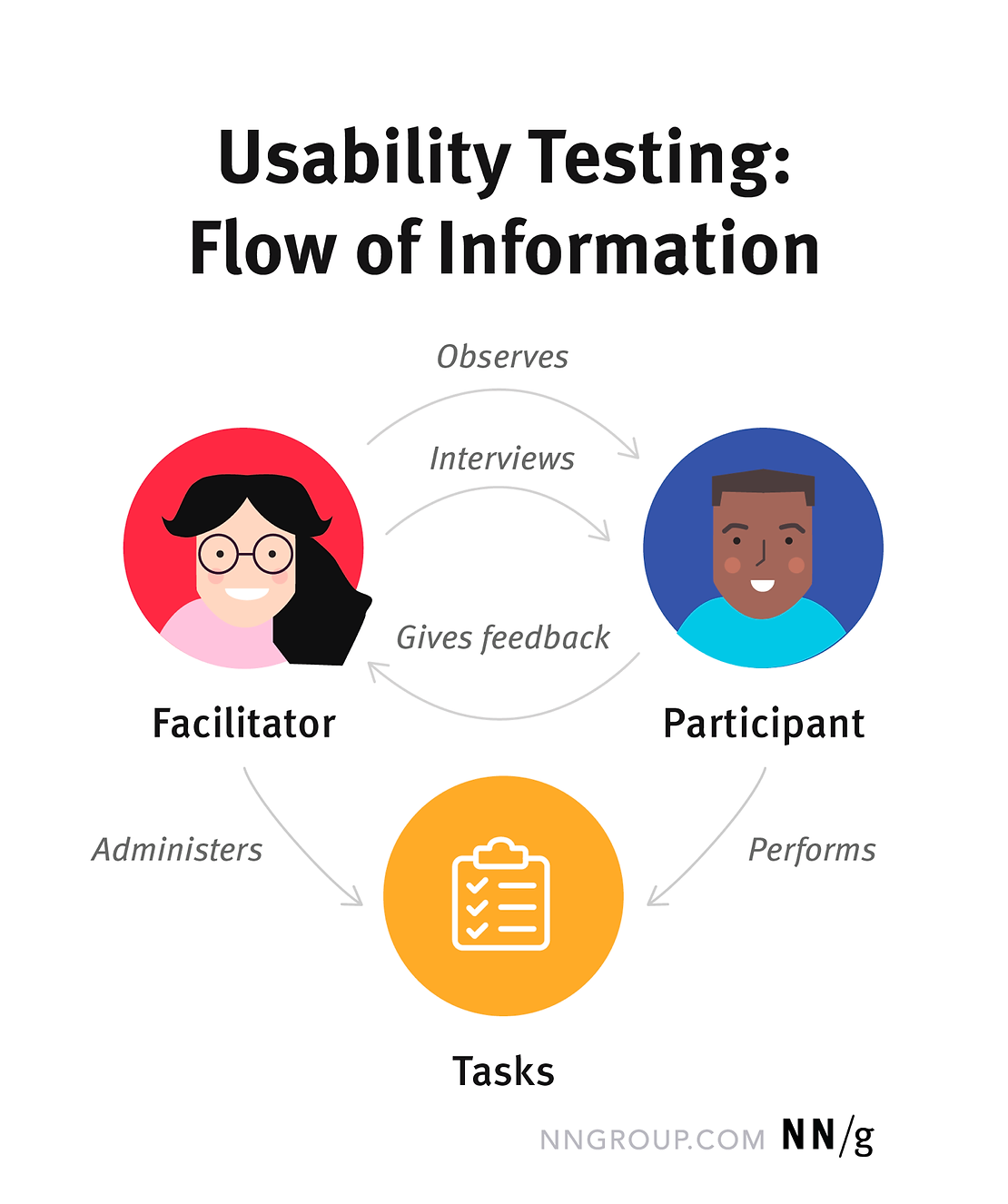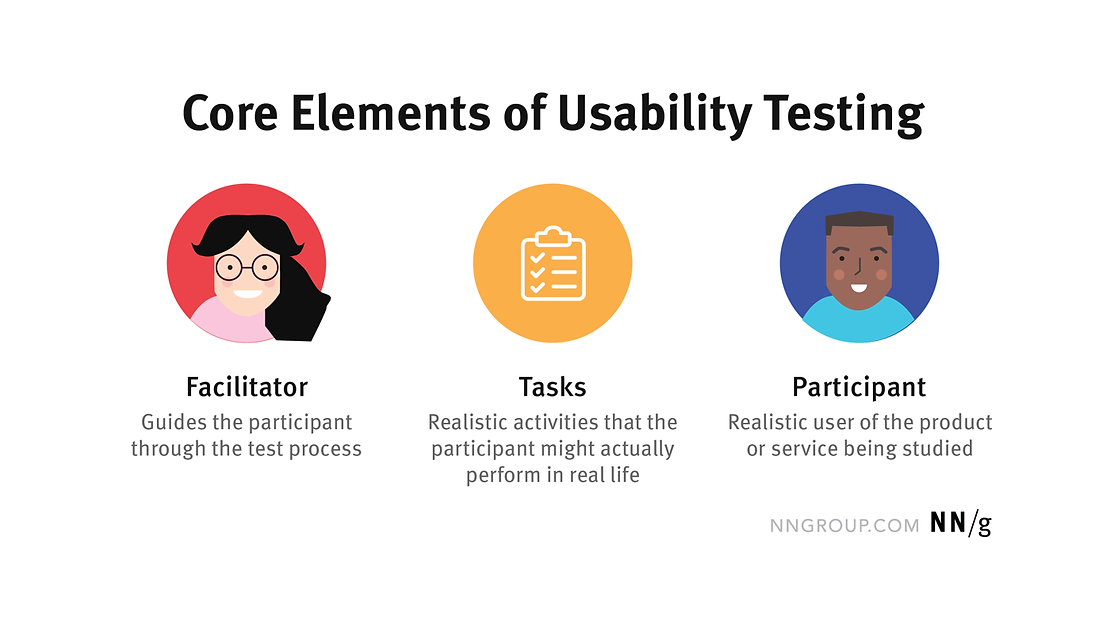Gateway partner IncluCity is a team of technologists, designers, public employees, community organizers, entrepreneurs, policy analysts, and other engaged citizens with a vision: that Calgary can become a more accessible city for everyone.
They plan, design, and run testing sessions with an inclusive and representative group of Calgarians to improve the usability of services and solutions for teams in public, private, and non-profit sectors.
IncluCity generously allowed us to repost this blog—which was originally published June 12, 2023—to explain usability testing, a critical component of what they do.
Interested in becoming a tester with IncluCity? Check it out here!
____________________________________
Hello World!
My name is Gurmol, I’m a technical writer, data analyst, and most recently a volunteer at IncluCity Calgary, I’ve had the opportunity to be a usability tester.
My name is Uriel, I’m the project coordinator at IncluCity. I’m the one who gets to organize these tests, and was happy to help capture the process from a tester’s perspective, alongside Gurmol.
This blog will give you an inside look at life as a usability/software tester, not only at IncluCity but in general. There’s also a summary at the very bottom of the article if you get bored halfway through. Happy Reading!
But first… What is a usability test?
A usability test is a method of evaluating a tech-based product (like a website), service (like renting a book online), or process (like summer camp registration).
At IncluCity and many other organizations, UX researchers use usability testing to identify areas that users find challenging, allowing them to improve the overall user experience.
IncluCity frequently shares ‘usability moments’—stories about technology products that either excel or need improvement.
For instance, the Apple watch’s features that let users access messages and sign into devices quickly are positive examples of usability.
Conversely, a job application page that doesn’t allow copying and pasting information can be quite frustrating.
There are plenty of examples of well- and poorly-designed technology processes, services, and products… Do any examples come to mind for you?
Figure 1: We can see the different components of the core elements of usability testing and the interactions between them.
How does usability testing improve technology?
Usability tests aim to enhance user experience. These tests, which often resemble 1-on-1 interviews, gather insights from diverse end users. The feedback is then compiled and analyzed to offer the client recommendations for improvements.
Are there different types of usability testing?
Yes, usability testing is just one form of user testing. Depending on a variety of factors, Research methods can adjust to the research goals, the phase of development, the resources one has to conduct research, and the diversity of individuals identified as testers. IncluCity mostly relies on qualitative usability testing methods to ensure the quality of users’ experience is improved.
What are some common misconceptions about usability testing?
A common misconception is that the tester’s knowledge is being assessed. This is not the case! Usability tests evaluate the product, not the person testing the product. In other words, anyone can participate, regardless of prior knowledge. The more diverse the participants, the better the results.
Who’s involved in testing?
The test facilitator (from IncluCity) leads the session, observing your behaviors, impressions, and overall satisfaction as you complete tasks and answer questions. A notetaker records notable comments, while an observing third person might also be present.
In both cases the facilitators are generally very nice and the tests are structured and all they want is to understand what you are thinking as you are doing the test live. There’s no right or wrong answers, you get to speak freely (when does that ever happen?). There’s nothing to be afraid of, even though we still refer to them as “tests” or “interviews”.

Figure 2: Showcases the relationship between the facilitator, the test participant, and tasks and how they work in a cycle.
What do people traditionally do in a usability test?
As a tester, you’ll work through tasks while vocalizing your thoughts. Thinking out loud is the process of sharing your thoughts out loud with the facilitator as your completing a task. The facilitator will guide you while watching for your impressions. If a task is notably challenging, don’t worry—you’ve helped identify a usability flaw, which is a success!
What should you expect in a usability test?
In a typical test, you’ll know what to expect ahead of time. Tests last about 30 to 60 minutes and can be in-person or virtual. During the test, you’ll complete tasks while verbalizing your thought process. Once completed, you’ll have the option to receive payment in various forms.
Why should you consider being a tester?
Your unique perspective is crucial to ensure that technology is inclusive. By participating, you’re essentially casting your vote for different design features. Plus, you’ll receive a reward for your efforts, and feel good knowing you’ve contributed to improving access and inclusion in tech design.
To sum it up, usability testing is a mutually beneficial process. You get a reward, and the client organization gains valuable insights on how to better design tech products.

Figure 3: These are the benefits of usability testing.
References:
Usability testing 101. (n.d.). Nielsen Norman Group. https://www.nngroup.com/articles/usability-testing-101/
Too Long; Didn’t Read (TL;DR):
- Usability tests assess the general usability; preferences, leanings, challenges, and difficulties of the users towards a software product or service.
- The user isn’t being tested, the product is being scrutinized by the user, in order to make it better in future versions.
- The test facilitator and the tester work together to identify the good, the bad, and the ugly of the tested materials.
Benefits of being a tester:
- Testers are paid via an electronic transfer of funds, an email e-transfer, Calgary dollars or other types of local funding sources should you complete a test with IncluCity.
- Learning Experience: Exposure to novel technologies, and the unique experience of doing a usability test which requires testers to complete tasks and verbalize thoughts, are all learning experiences that will improve the tester’s digital skills.
- Impact: We need your insights and unique perspective to ensure that technology is made for everyone. Users will get to see the direct outcomes of their involvement once the tech product has been updated.

Recent Comments